‘Revenge Travel’ Returns for China’s Labor Day Holiday
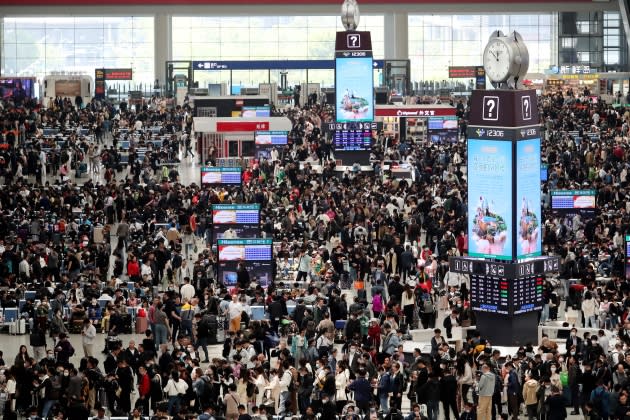
SHANGHAI — “Revenge travel” returned for China‘s Labor Day holiday, one of the major national holidays since China reopened its borders last December.
Around 230 million domestic trips were made, an increase of 70.83 percent from last year and surpassing 2019 levels, for the five-day holiday, which ended Wednesday, according to data released by the Ministry of Culture and Tourism.
More from WWD
“The strong Labor Day holiday tourism data bodes well for consumption and services recovery in coming months, despite the softening in manufacturing growth momentum,” according to a Goldman Sachs note on Thursday.
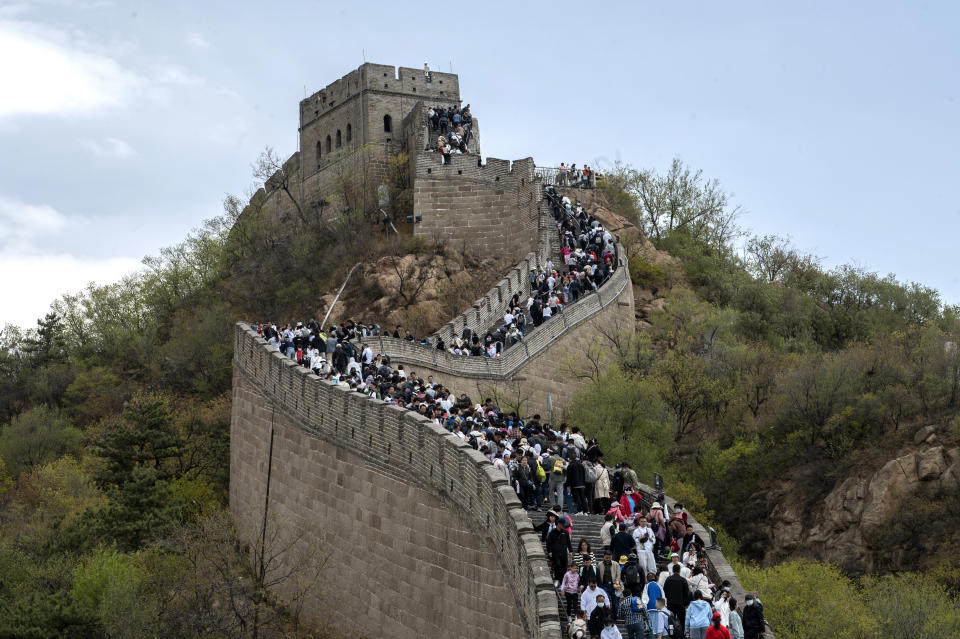
April’s purchasing managers’ index, or PMI figures that track China’s manufacturing sector, fell from 51.9 to 49.2 in April, indicating a contraction in factory output dragged down by slowing global demand and a weak property market.
To reach its annual GDP growth rate of a modest 5 percent, Beijing has been engineering a move away from a manufacturing-driven economy to a consumption and service-led one.
China’s GDP expanded 4.5 percent in the first quarter, fueled by pent-up demand for goods and services, but it remains to be seen if the trend will be sustained for the rest of the year.
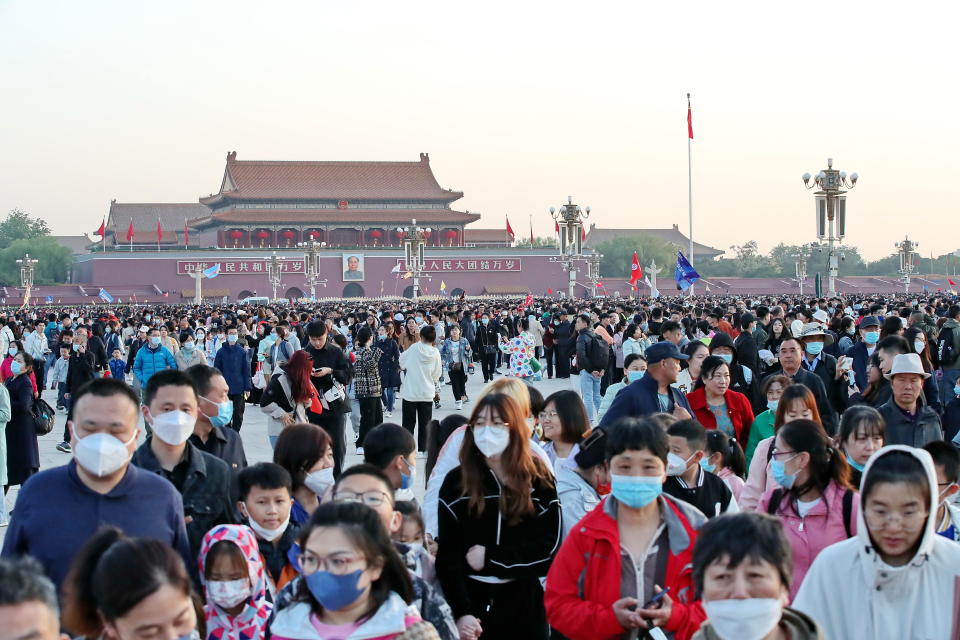
During the holiday period, domestic tourism-related revenue jumped 128.9 percent year-over-year to reach more than 148 billion renminbi, or $21.4 billion, the Ministry said.
With one in every five Chinese traveling domestically, retailers and catering companies have seen sales jump 21 percent from last year. According to the Ministry of Commerce, sales of clothing and of gold, silver and jewelry rose 20.9 percent and 17.4 percent respectively from last year. Sales at major food chains rose almost 37 percent during the travel frenzy.
Outbound tourism accounted for 0.3 percent of overall travel, with international air travel bookings recovering to 45 percent of pre-pandemic levels, according to the local travel agency Qunar.com.
Hong Kong, Macau and nearby Asian destinations, including Thailand, Malaysia and Singapore, counted as tourist favorites during the holiday.
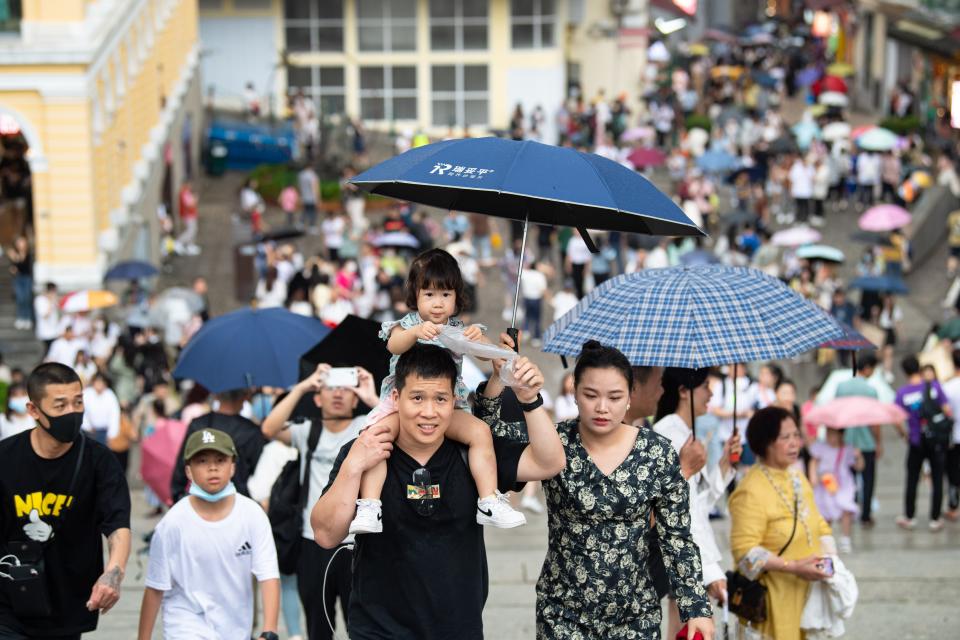
According to the Immigration Department of Hong Kong, more than 625,000 mainland Chinese tourists visited Hong Kong during Labor Day, recovering to 60 percent of 2019 levels.
The gambling hub of Macau received almost 492,000 mainland China visitors, with bookings up 11 percent compared to pre-pandemic levels, according to travel data firm ForwardKeys.
Hainan, the country’s duty-free paradise, rolled out a series of cultural events and various promotional drives in the city’s 12 duty-free malls to tap into the Labor Day travel boom.
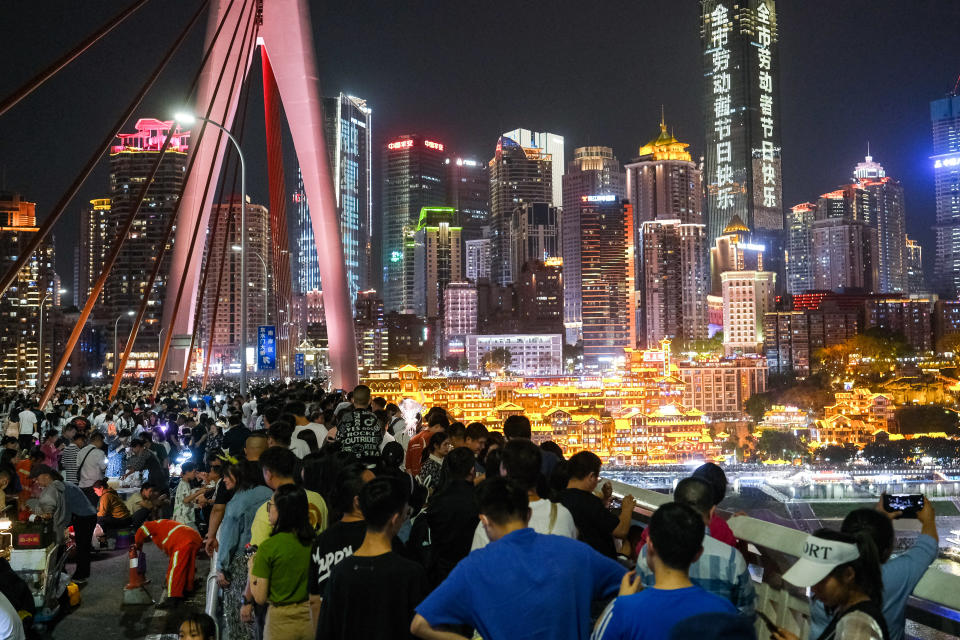
According to data from the local government, more than 2.6 million tourists visited the tropical island during the holiday, registering a 55 percent rise compared to 2019. Tourism spending reached 4.23 billion renminbi, or $611.4 million, seeing a 79 percent increase from 2019.
With a new tax system to be installed by 2025, Hainan is on its way to becoming the largest luxury shopping and travel retail hub in Asia, according to Barclays estimates.
Despite a domestic travel boom, Labor Day spending per capita, which came in at 540.4 renminbi, or $78.15, has yet to return to pre-pandemic levels of 603.4 renminbi per capita.
Still eager to hit the road, cash-strapped Gen Z tourists turned to lesser-known destinations during the holiday period.
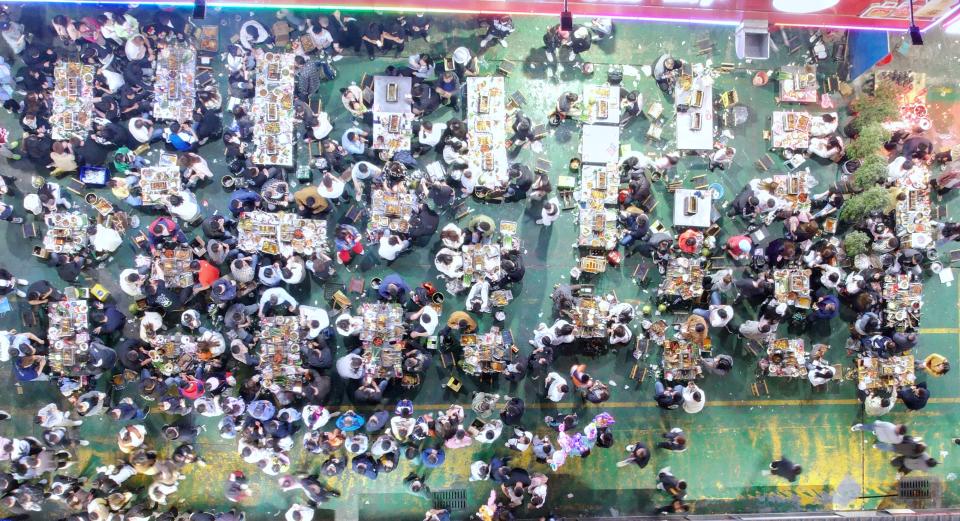
For example, a sleepy industrial town in Shandong Province called Zibo started trending on Chinese social media as the “barbeque capital of China” in the month leading up to the Labor Day holiday. On the first day of Labor Day, train tickets from Beijing to Zibo sold out within minutes, and hotel bookings rose eight-fold compared to 2019.
According to local media reports, the small city with a population of around 4.7 million welcomed 120,000-plus tourists during the holiday, surging more than 2,000 percent year-over-year.
With high youth unemployment rates and an uncertain economic outlook, some Chinese college students are even turning to a demanding form of traveling called “SWAT-style” tourism to save money.
A typical “SWAT-style” tourist itinerary involves taking the cheapest overnight train to a farflung location and visiting as many tourist hotspots as possible during the day before taking the last overnight train back home. Daily expenses can be as cheap as 500 renminbi, or $72.
Best of WWD


